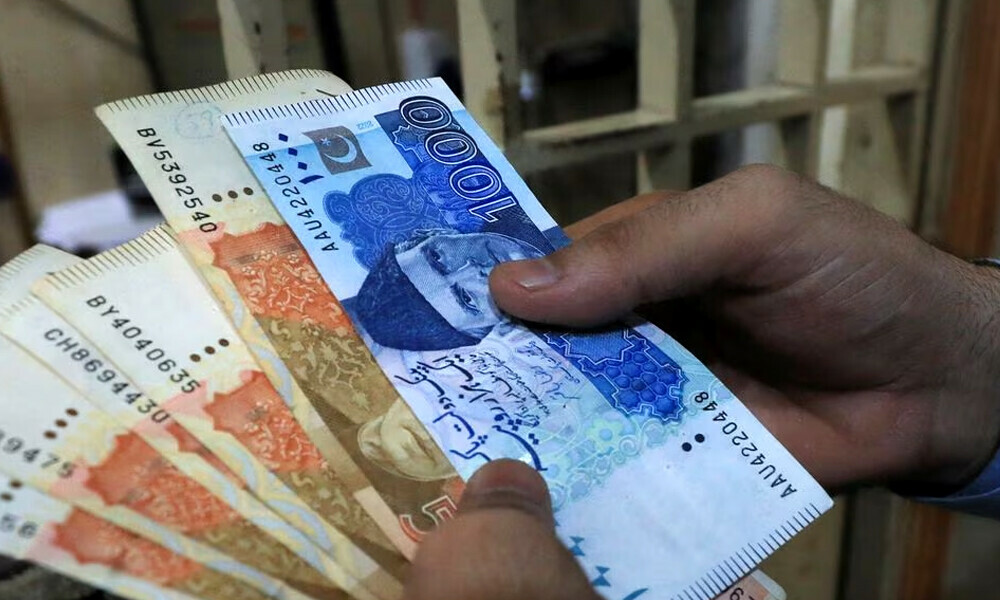On Wednesday, the Pakistani currency reached a new five-month peak of Rs278.41 against the US dollar in the inter-bank market. This ascent marks the sixth consecutive working day of gains, buoyed by a staff-level agreement with the International Monetary Fund (IMF). This agreement is expected to pave the way for the disbursement of the final tranche of $1.1 billion.
According to data from the State Bank of Pakistan (SBP), the rupee has gained 0.07%, equivalent to Rs0.22, against the US dollar on a day-to-day basis.
With this recent appreciation, the currency has experienced a cumulative surge of 10.30%, or Rs28.69, over the past five and a half months compared to its all-time low of Rs307.10/$ recorded in the first week of September 2023.
The Exchange Companies Association of Pakistan (ECAP) reported a Rs0.03 increase in the rupee’s value in the open market, closing at Rs281.12/$.
These latest gains follow Pakistan’s achievement of a staff-level agreement with the IMF upon the completion of the last review under a $3 billion standby arrangement, which is set to end in March-April 2024.
This agreement indicates that Pakistan has fulfilled all prerequisites under the loan program, qualifying for the release of the final tranche of $1.1 billion. The IMF executive board is expected to grant final approval for the release of the tranche in late April.
The influx of over $1 billion is anticipated to bolster the rupee and contribute to the improvement of the country’s foreign exchange reserves, potentially raising them to nearly $9 billion from the current level of $7.9 billion.
Additionally, factors such as the $141 million investment made by overseas Pakistanis through the Roshan Digital Account (RDA), a rise in foreign direct investment (FDI) reaching $131 million, and an increase in technology exports all indicate a healthy supply of US dollars compared to demand in the banking system.
The Real Effective Exchange Rate (REER) of Pakistan, which measures the value of the local currency against a basket of currencies of its trading partners, increased to 102.20 on the index in February compared to 101.70 in January.
The rising REER suggests that the local currency is at a fair-to-strong level. Further appreciation of the rupee could potentially lower import costs but may also make exports more expensive.
The central bank stated on Monday that it does not specifically target REER to guide the direction of the rupee. However, in previous years, between 2020 and 2023, the bank seemingly maintained REER in the range of 95-96. Many central banks worldwide use the global REER matrix to adjust their currency values accordingly.




